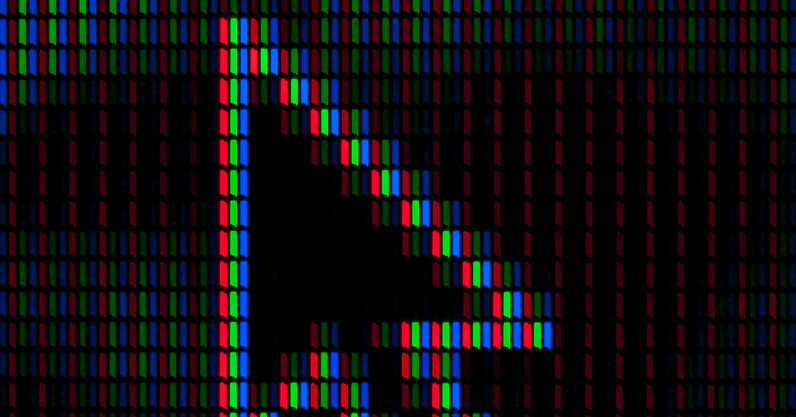
In a laboratory at the University of Hull 50 years ago, a new chemical compound was created that would impact the world as much as any drug, fuel or material. The man responsible for this society-changing invention was George Gray – his new liquid crystal molecules (now known as 5CB) made liquid crystal displays (LCDs) viable and kickstarted the multibillion-dollar flat-screen industry. Professor George Gray. Image: Hull History Centre, Author provided The story begins back in 1967 when John Stonehouse, a Labour MP and minster for technology under Prime Minister Harold Wilson, established a group to develop a technology that…
This story continues at The Next Web
from The Next Web https://ift.tt/VMBgPNt

